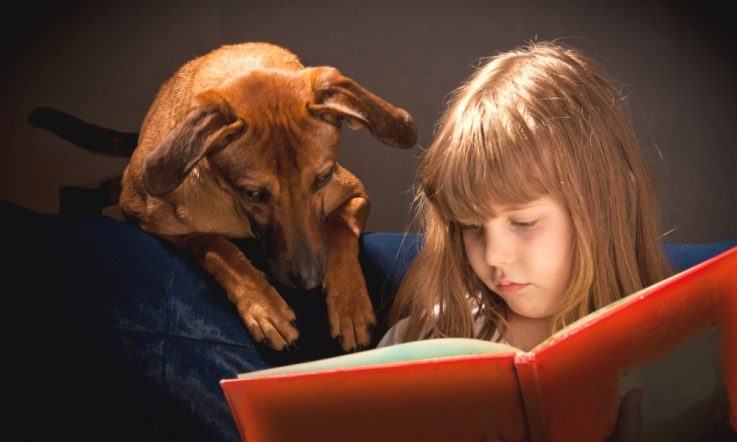Today is National Simultaneous Storytime (NSS), where students across the country will read Hickory Dickory Dash – a picture book written by Tony Wilson and illustrated by Laura Wood – simultaneously at 11 am.
NSS is now in its 18th year and is organised by the Australian Library and Information Association (ALIA). The event aims to promote literacy, the fun of books, and Australian writers and publishers.
Promoting a reading culture
Not all the schools participating this year cater to primary-aged students. Kimbra Weeks, a teacher librarian from Hobart College in Tasmania, has been encouraging students at her secondary school to participate in the event since 2015.
‘Part of the reason I think it's important for secondary schools to do it, is it's one way to promote a reading culture in the school. It raises the awareness of literature and reading aloud. It also promotes collegiality with the teachers,' Weeks tells Teacher.
One of the reasons Hobart College get involved is because Weeks doesn't see picture books as something only for small children. ‘I think picture books are for everybody … it's one of those things where you can encourage participation right across. It doesn't really matter what sector you're in.'
Hobart College is a secondary school for Years 11 and 12. Because the time of the event coincides perfectly with the school's once-a-week pastoral care program, Weeks says the College has the opportunity to get up to 55 classes involved.
‘It's inclusive of everybody … I think it is good pastoral care also because the students can probably see the library staff in a different role … we then connect to the students as well. Library staff often have more difficulty with that because we don't see the students quite as regularly.'
The way Hobart College students have participated over the years has varied. In their first year, the College had students organise a reading theatre. In other years, teachers have organised different activities in their own classroom. Some have chosen to read the book to their class by projecting it on a smartboard, other classes have grouped together to read, and some students read a hard copy in the library.
Schools, libraries and other organisations across the country also participate in various ways – some simply reading the book aloud, some watching videos, and others dressing up or putting on a drama performance. One year, Weeks hopes to have the principal read the NSS book over the school's loud speaker system.
Older and younger students reading together
Another way to get involved in NSS would be to link up with other schools in the area, says Weeks. ‘You could take your secondary school students to a primary school, or you could bring primary school students to your secondary school [to read the book together].'
As for facilitating the school's participation activities each year, Weeks says having the assistance and encouragement of other staff members is vital. ‘I have the support of my principal and that makes such a difference because she is on board with promoting it, she's on board with participating, she's totally supportive of whatever we do.
‘The first year I set this up I had a supportive English teacher … so having a supportive colleague that is a classroom teacher [who] can fit [NSS] into their curriculum also works well.'
She adds that it's not only English teachers who are eager to participate – of her most supportive colleagues, one is a Maths teacher and another a PE teacher.
For the first time this year, New Zealand will also be participating in NSS. Last year saw a record number of participants: approximately 686 324 people reading at 11 am.
Is your preschool or primary school participating in National Simultaneous Storytime today? Do you run a range of activities during NSS? Let us know what you're up to via Facebook or Twitter.
How do you work with other members of staff to foster a reading culture in your school? How often do you promote Australian writers and illustrators?
What strategies and programs do you use to encourage students to read for fun?



